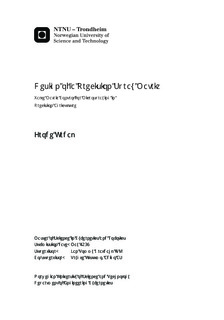Design of a Precision Spray Matrix - Valve Matrix Control for Microspraying in Precision Agriculture
Master thesis
Permanent lenke
http://hdl.handle.net/11250/2443567Utgivelsesdato
2014Metadata
Vis full innførselSamlinger
Sammendrag
Drop-on-demand weed control is a field of research within precision agriculture. The herbicide application is controlled down to individual droplets. In this master thesis the precision spray matrix for an autonomous field robot, Asterix, is designed. Asterix is currently under development by Adigo AS, and focuses on carrot and turnip cabbage. Such applications can reduce the herbicide usage drastically.
The overall system is presented with connections and timing concerns. This includes how the camera and the rest of the application is synchronized. With the use of a trigger from the camera, the time for each image can be logged on the printed circuit board and the inertial measurement unit can give each image an accurate time, position and orientation stamp. As a result the computer do not need to be synchronized with the rest of the system and may perform the calculations needed with relative times. An algorithm for valve control which generate spray commands from a spraymap and navigation log was designed and implemented.
A second revision of the printed circuit board was designed and tested. The design chosen for controlling the micro-dispensing valves is pulse-width modulation. A much used strategy for closing solenoid valves is by discharging the energy in the coil over two schottky diodes in reverse series. However the pulse-width modulation is used to close the valve by reversing the voltage in this design. Testing of the droplet tail and laboratory experiments verify this control strategy, and the reverse voltage time can be calculated for different valves.
